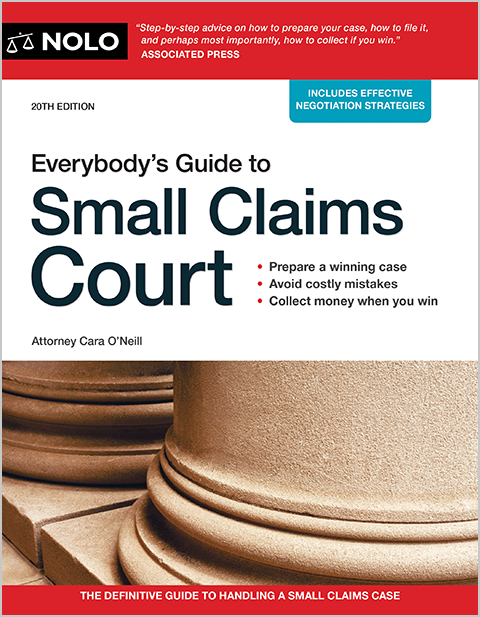It's crucial to understand (and comply with) the time limit for filing a car accident lawsuit in California.
If you've been involved in a car accident in California, the state's statute of limitations for car accident lawsuits could come into play somewhere down the line. In this article, we'll discuss:
- what the statute of limitations is and why you need to comply with it if you're taking your car accident case to court in California
- when the "clock" starts ticking for purposes of the statute of limitations, and
- what happens if you miss the lawsuit-filing deadline set by the statute of limitations.
- What Is a Statute of Limitations?
- What Statute of Limitations Applies to Car Accident Lawsuits In California?
- When Does the Statute of Limitations "Clock" Start Running for Car Accidents in California?
- What If I File My Car Accident Lawsuit After the Deadline Has Passed?
- What If My Accident Involved a Government Vehicle In California?
- Getting Help After a California Car Accident
What Is a Statute of Limitations?
A "statute of limitations" is a state law that sets a limit on the amount of time you have to go to court and file a lawsuit over some type of harm or loss. The specific deadline depends on the type of case you want to file.
What Statute of Limitations Applies to Car Accident Lawsuits In California?
As in most states, the statute of limitations that affects injury-related car accident lawsuits in California is the same as the larger one that applies to all personal injury cases filed in the state's civil court system.
Specifically, California Code of Civil Procedure section 335.1 sets a two-year deadline for the filing of any lawsuit over harm caused by "negligence," which is the legal basis for establishing fault in most injury cases, including those arising from car accidents.
When Does the Statute of Limitations "Clock" Start Running for Car Accidents in California?
The answer to this question usually comes down to whether the car accident resulted in injury or in death. If anyone was injured in the crash, they must get their lawsuit filed within two years of the date of the accident.
But if someone dies as a result of the accident and their family brings a wrongful death case against the at-fault driver, the "clock" starts on the date of the person's death, if it's different from the date of the accident.
If you only want to file a lawsuit over damage to your vehicle, California Code of Civil Procedure section 338 gives you three years to get that kind of case filed against the at-fault driver. (Learn more about vehicle damage claims.)
What If I File My Car Accident Lawsuit After the Deadline Has Passed?
In this situation, the court will almost certainly refuse to consider your case, unless it falls under one of the rare exceptions that will extend or pause the running of the statute of limitations "clock" in California. For example, a longer time limit might apply if:
- the injured person was under 18 or was lacking the proper legal capacity to make decisions at the time of the car accident (California Code of Civil Procedure section 352), or
- the person who caused the accident left the state of California at some point after the crash, and before the lawsuit could be filed (California Code of Civil Procedure section 351).
From a strategy standpoint, you want to leave yourself plenty of time to file a car accident lawsuit in case you need to—even if you're confident that your case will be resolved through the car insurance claim process. At the very least, preserving the option to go to court and file a lawsuit will give you more leverage during injury settlement talks.
What If My Accident Involved a Government Vehicle In California?
If your car accident may have been caused by the negligence of the government or a government employee, any claim you make will need to follow a special set of rules. Learn more about filing a claim under the California Tort Claims Act.
Getting Help After a California Car Accident
It's possible to handle a car accident claim on your own, if you're comfortable with the process and confident that you can fight it out for the best result. But if you've been seriously injured, there may be a lot at stake, and it might make sense to discuss your situation (and your options) with an experienced legal professional.
Learn more about how an attorney can help with your car accident claim. You can also get more details about California car accident laws that could affect your potential case.
Have you been in a car accident?
Take our free car accident quiz to find out if you're likely to get a settlement.
- What Is a Statute of Limitations?
- What Statute of Limitations Applies to Car Accident Lawsuits In California?
- When Does the Statute of Limitations "Clock" Start Running for Car Accidents in California?
- What If I File My Car Accident Lawsuit After the Deadline Has Passed?
- What If My Accident Involved a Government Vehicle In California?
- Getting Help After a California Car Accident



